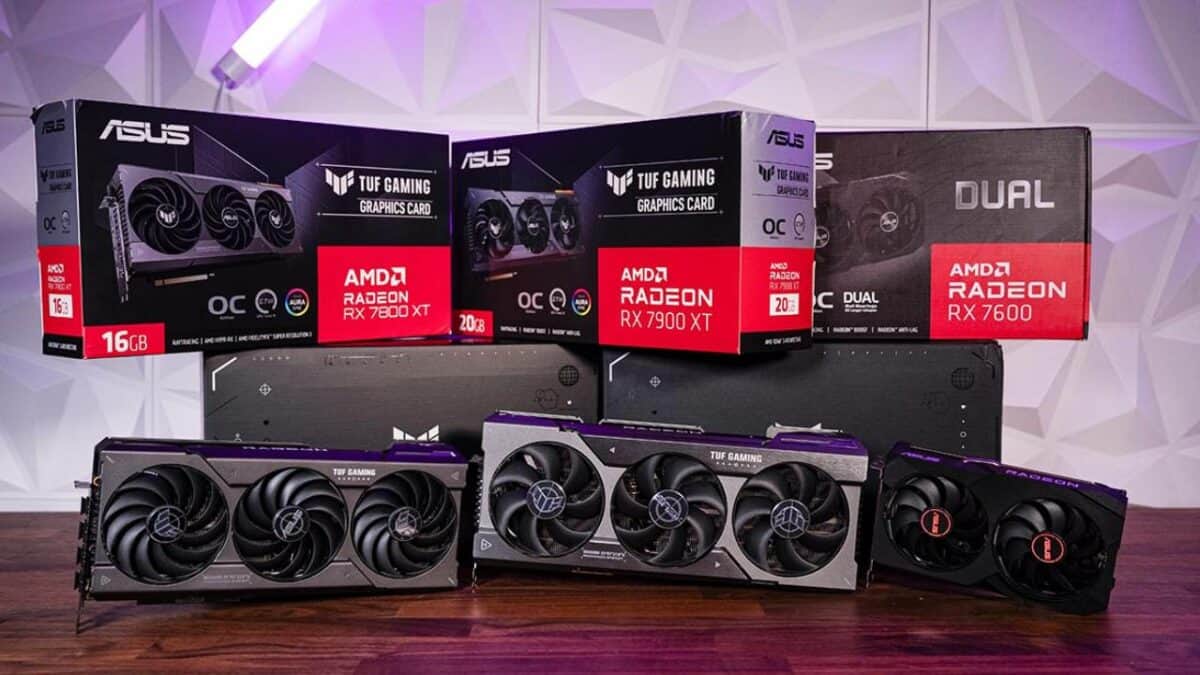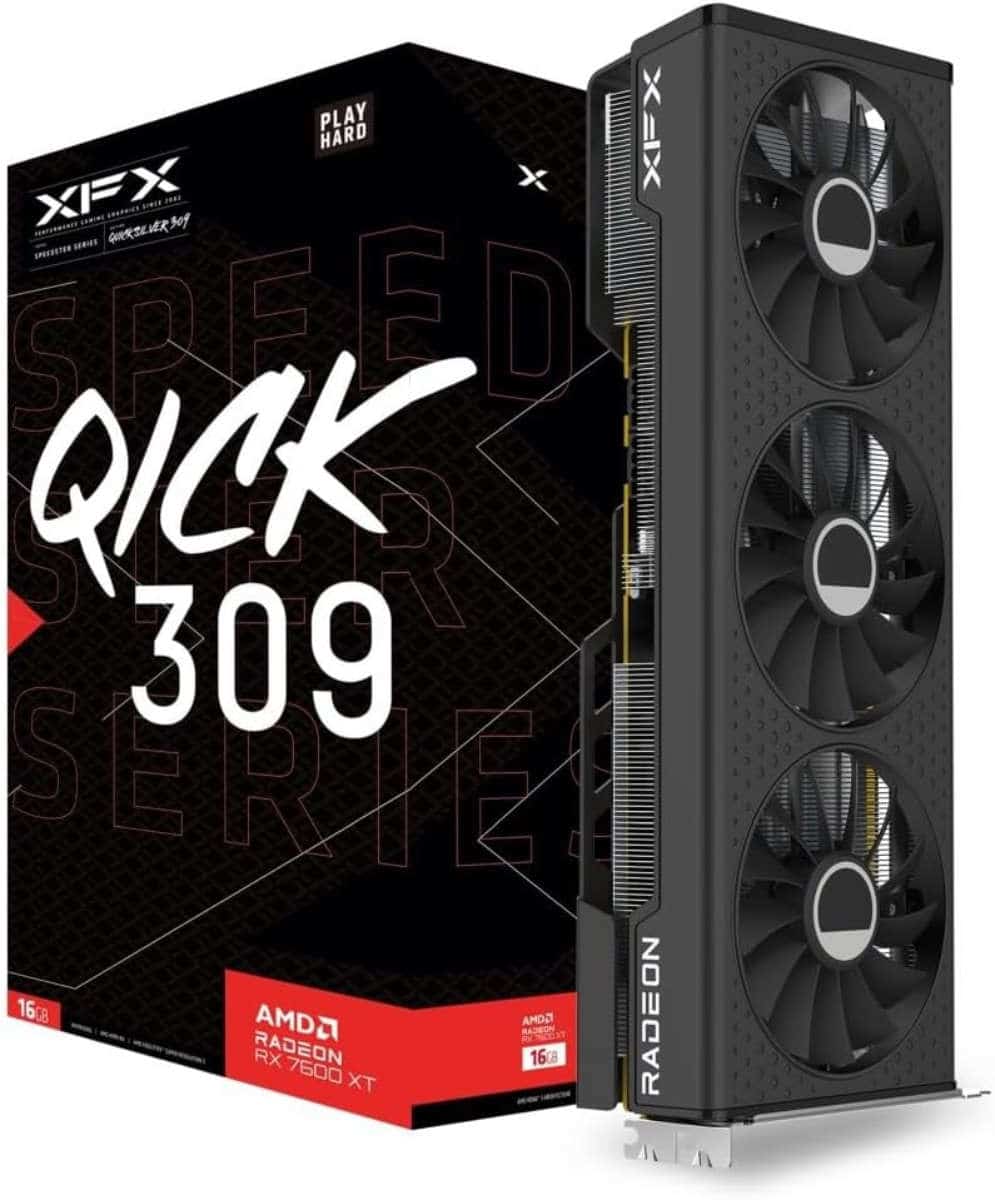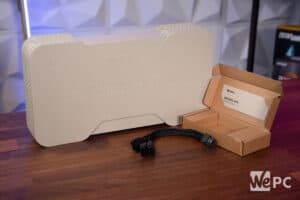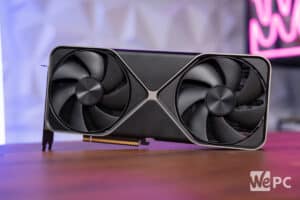AMD’s new frame generation tech may be a major blow to Nvidia
Have AMD one-upped Nvidia with their new frame generation tech?

WePC is reader-supported. When you buy through links on our site, we may earn an affiliate commission. Prices subject to change. Learn more
Nvidia have been pushing their Frame Generation tech ever since the introduction of the RTX 40 series, but AMD are fighting back with their very own equivalent – and it will work on any RX 6000, RX 7000, and 700M GPUs. It’s called AMD Fluid Motion Frames (AFMF for short) and has just been introduced as part of the latest GPU driver update via the Adrenalin software.
So, whereas Nvidia’s tech is limited to the latest 40 series, AMD’s implementation will work with the brand-new RX 7600 XT, as well as popular SKUs like last-gen’s RX 6800 XT. Furthermore, as a simple driver update, you don’t have to rely on game-specific support like you do with DLSS 3 – AFMF will work on any DirectX 11 or DirectX 12 title, which is most (relatively) modern PC games.
XFX Speedster QICK309 Radeon RX 7600 XT Black

Core clock speed
2,810MHz boost, 1,720MHz base
Streaming processors
2,048
Memory
16GB GDDR6
Dimensions
11.93 x 4.53 x 0.04 inches
PSU required
600W
TBP
190W
AMD introduces new frame generation technology
As long as you have a Radeon 6000 or 7000 series GPU, you should be free to take advantage of this brand-new frame generation tech – just go ahead and install the newest Adrenalin GPU driver. AMD claim that their new Fluid Motion Frames tech will boost your FPS by up to 97% when playing at 1080p, this is with FidelityFX Super Resolution 2 (FSR 2) enabled for upscaling with the Quality Mode setting. The release notes say that this is using the Radeon RX 7600XT graphics card.
Similarly, they have performed benchmarks with the very same GPU at 1440p, showing an average increase of up to 103% across ‘selected titles’. Again, this is while using FSR 2 on Quality Mode on the latest Adrenalin Edition 24.1.1 version.
Which games have AMD Fluid Motion Frames technology?
AMD say (in bold) that this frame generation technology will work in any DirectX 11 and 12 game. For reference, that’s the vast majority of games currently on the market. You have to go back quite a few years before these versions weren’t the industry standard. Plus, for games old enough to be running on DX10 and below, you probably shouldn’t have too many issues running them, especially not to warrant using frame generation.
We think this is a massive blow to Nvidia in the compatibility department. Even though more and more games are supporting DLSS 3 to offer frame generation, not every title currently on the market delivers this. In contrast to the widespread use of DX11 and DX12, AMD have simply unlocked frame generation for a wider range of users – especially since you don’t even need the very latest AMD GPUs to use it. Those rocking an older RX 6000 series card will be happy to see this news.
FAQs
When does AMD Fluid Motion Frames come out?
AMD’s new Fluid Motion Frames has already been released. The latest Adrenalin Edition 24.1.1 GPU driver update introduced this frame generation technology.
Does AMD Fluid Motion Frames work on any Radeon GPU?
No, but it will work on any from the last couple of generations. AMD Fluid Motion Frames (AFMF) is compatible with RX 6000, RX 7000, and 700M series graphics cards.











